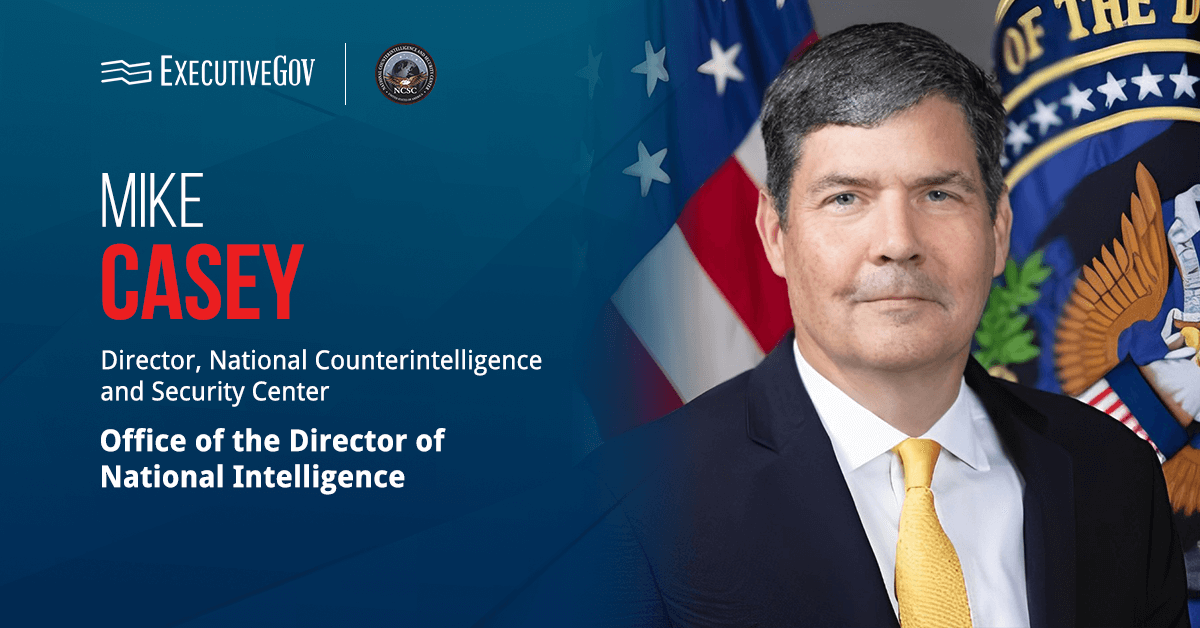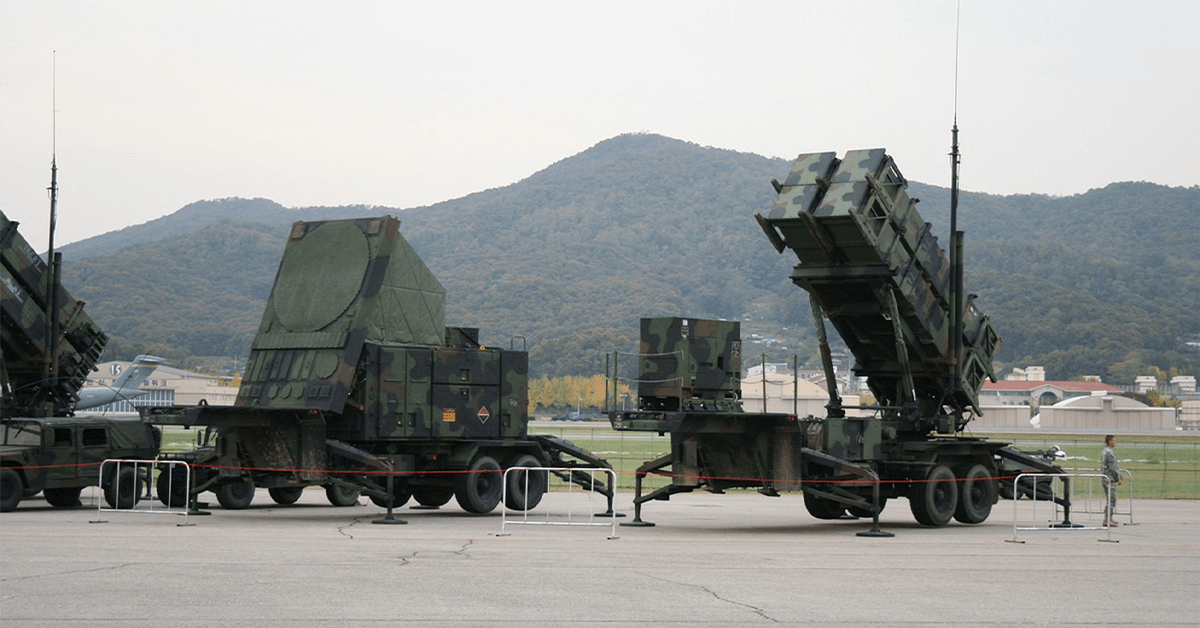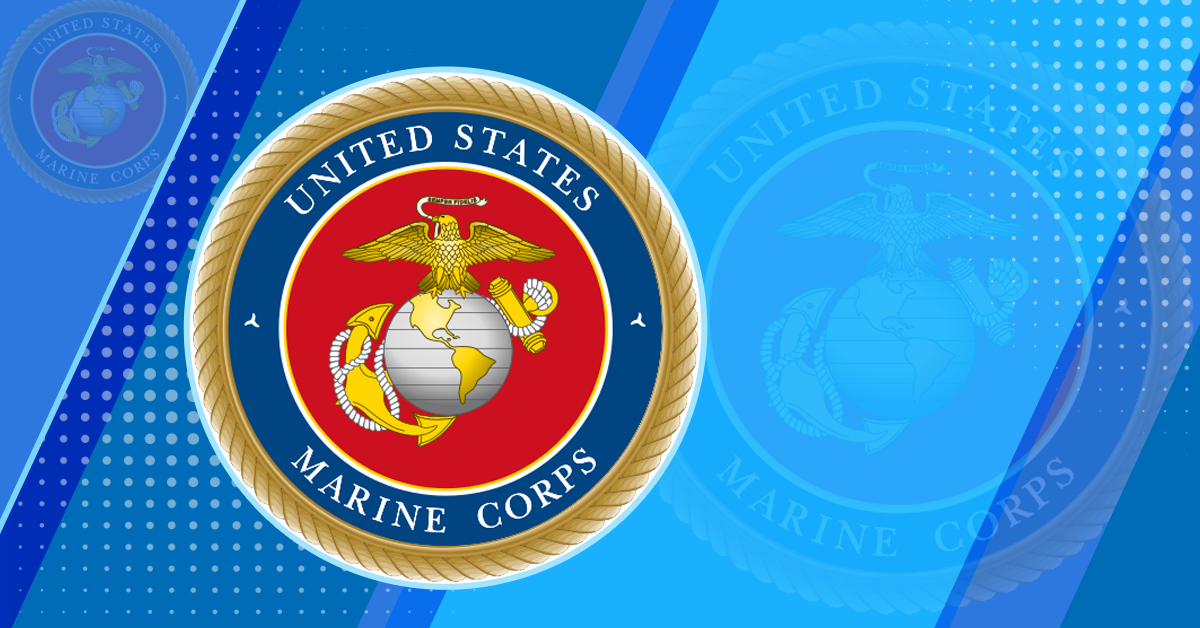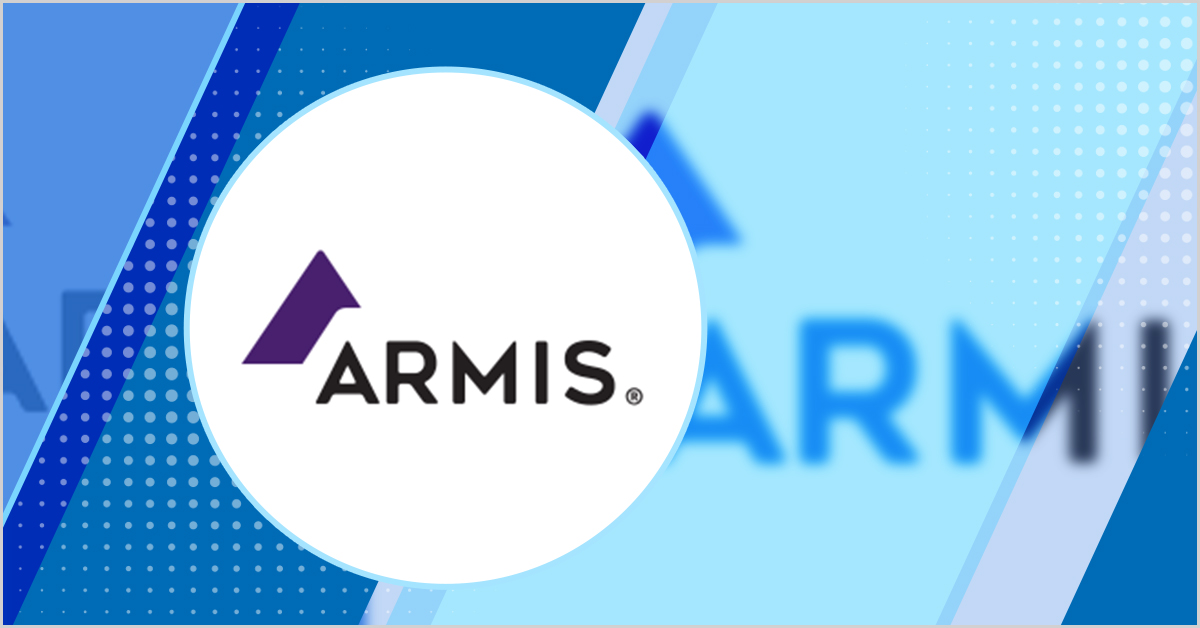NASA has identified nine potential landing regions on the lunar South Pole for the Artemis III capsule that is intended to bring humans to the moon for the first time in over 50 years.
A multidisciplinary team of scientists and engineers analyzed data from the Lunar Reconnaissance Orbiter and lunar science research together with science and industry partners to select the landing sites, which offer the potential to provide new scientific discoveries to better understand rocky planets, lunar resources, and the history of our solar system, NASA said Monday.
The selected landing regions for the third Artemis mission, scheduled to lift off in 2026, are Peak near Cabeus B, Haworth, Malapert Massif, Mons Mouton Plateau, Mons Mouton, Nobile Rim 1, Nobile Rim 2, de Gerlache Rim 2 and Slater Plain.
According to the space agency, the mission will also mark the first human landing on the lunar South Pole region, which remains unexplored by a crewed mission.
Sarah Noble, Artemis lunar science lead at NASA, said the South Pole “offers access to some of the Moon’s oldest terrain, as well as cold, shadowed regions that may contain water and other compounds.”
SpaceX is developing a human landing system, or HLS, version of its Starship space vehicle under a contract with NASA.
The space agency has yet to identify the two astronauts who will board the HLS and explore the South Pole for a week.
Artemis III was initially set for launch in late 2025 but was delayed to give more time to address development, operation and integration challenges.













